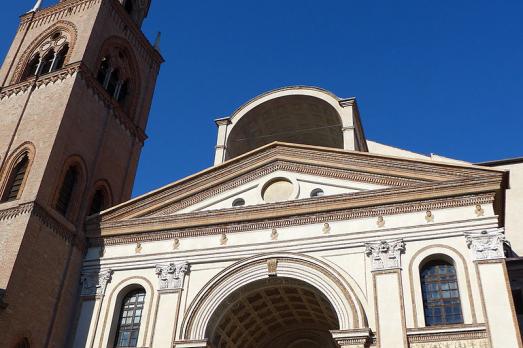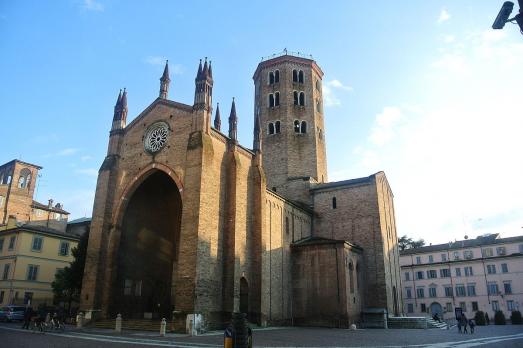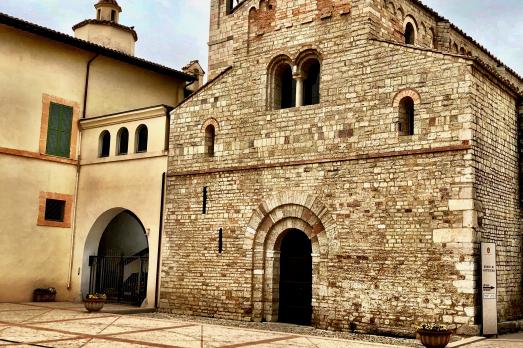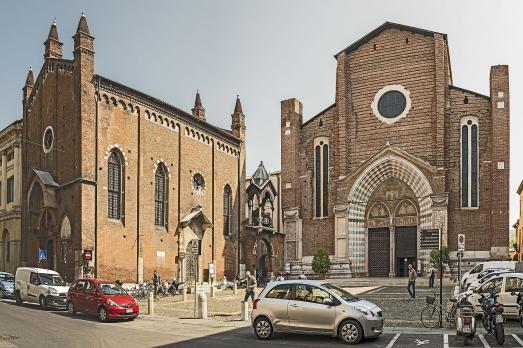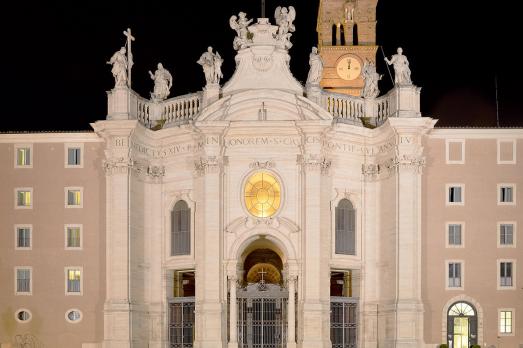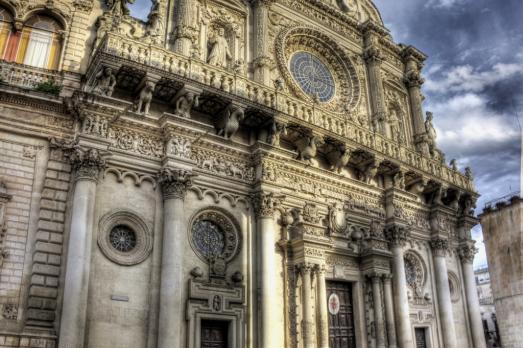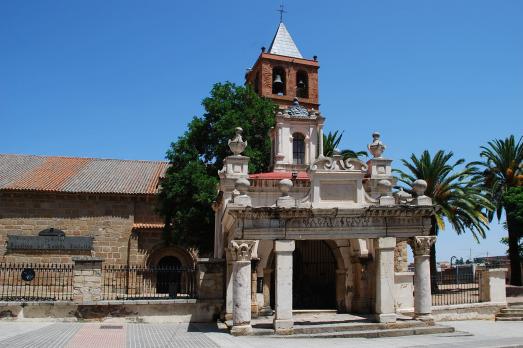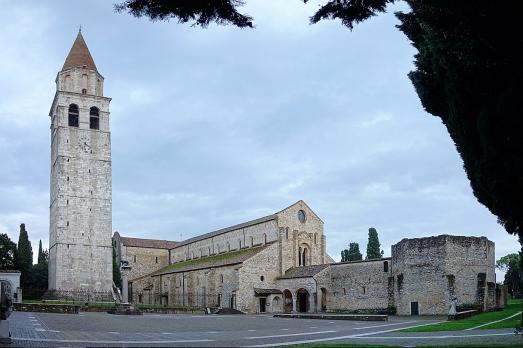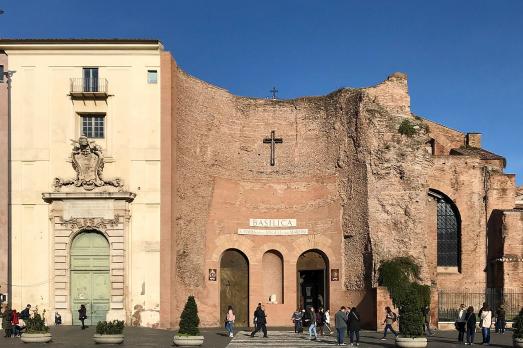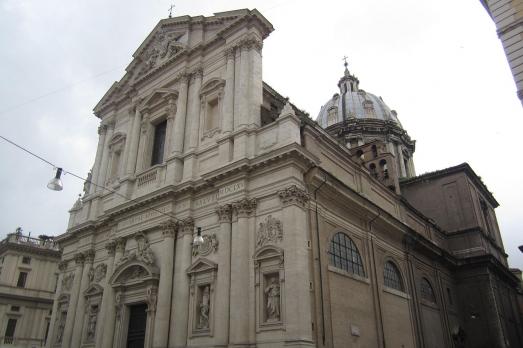
Basilica of Sant'Andrea della Valle
Roma, IT
The Basilica of Sant'Andrea della Valle was designed and built by Giacomo Della Porta, Francesco Grimaldi and Carlo Maderno between 1590 and 1650, on the site of a small church. The Baroque façade was then added between 1655 and 1663 by Carlo Rainaldi.
